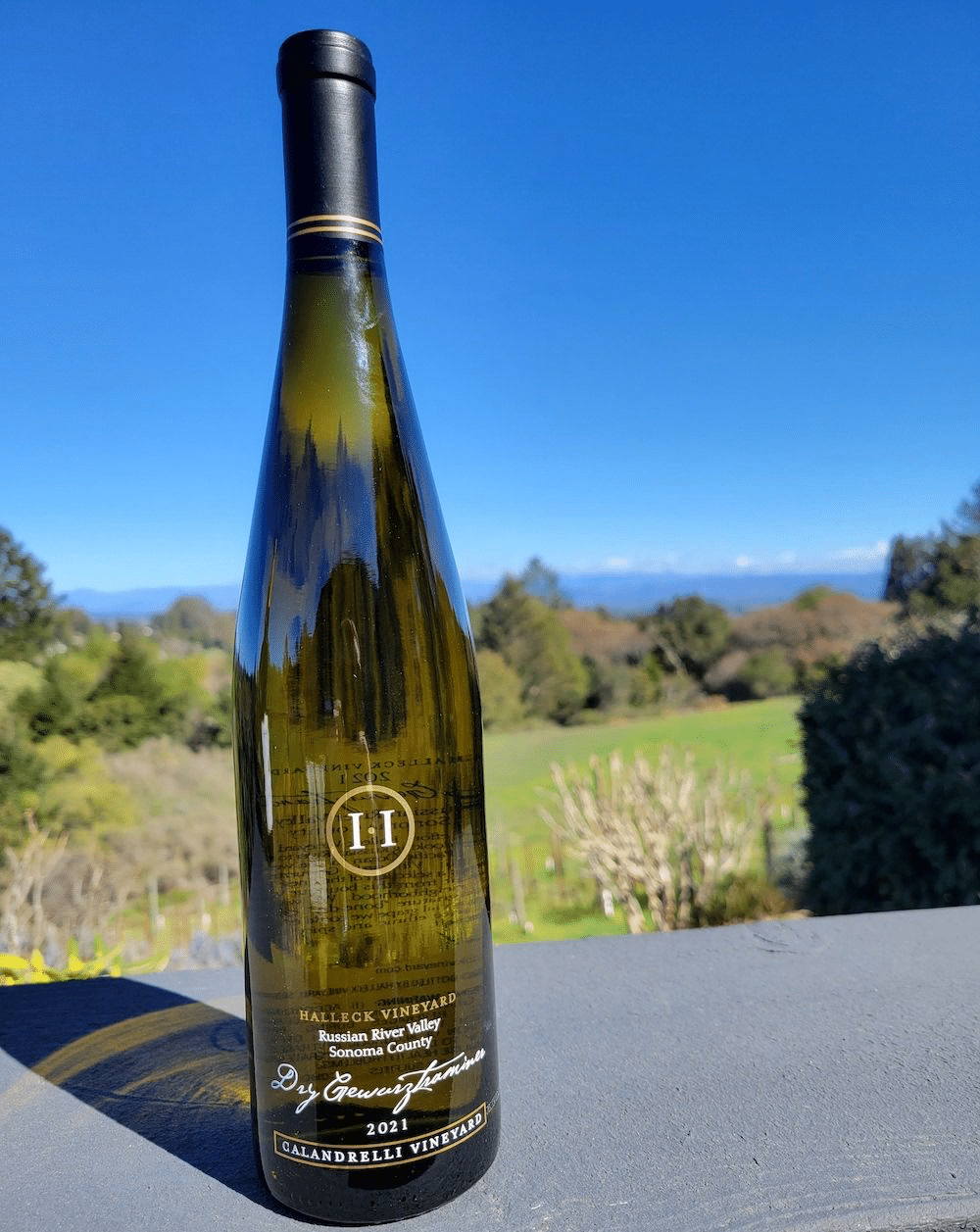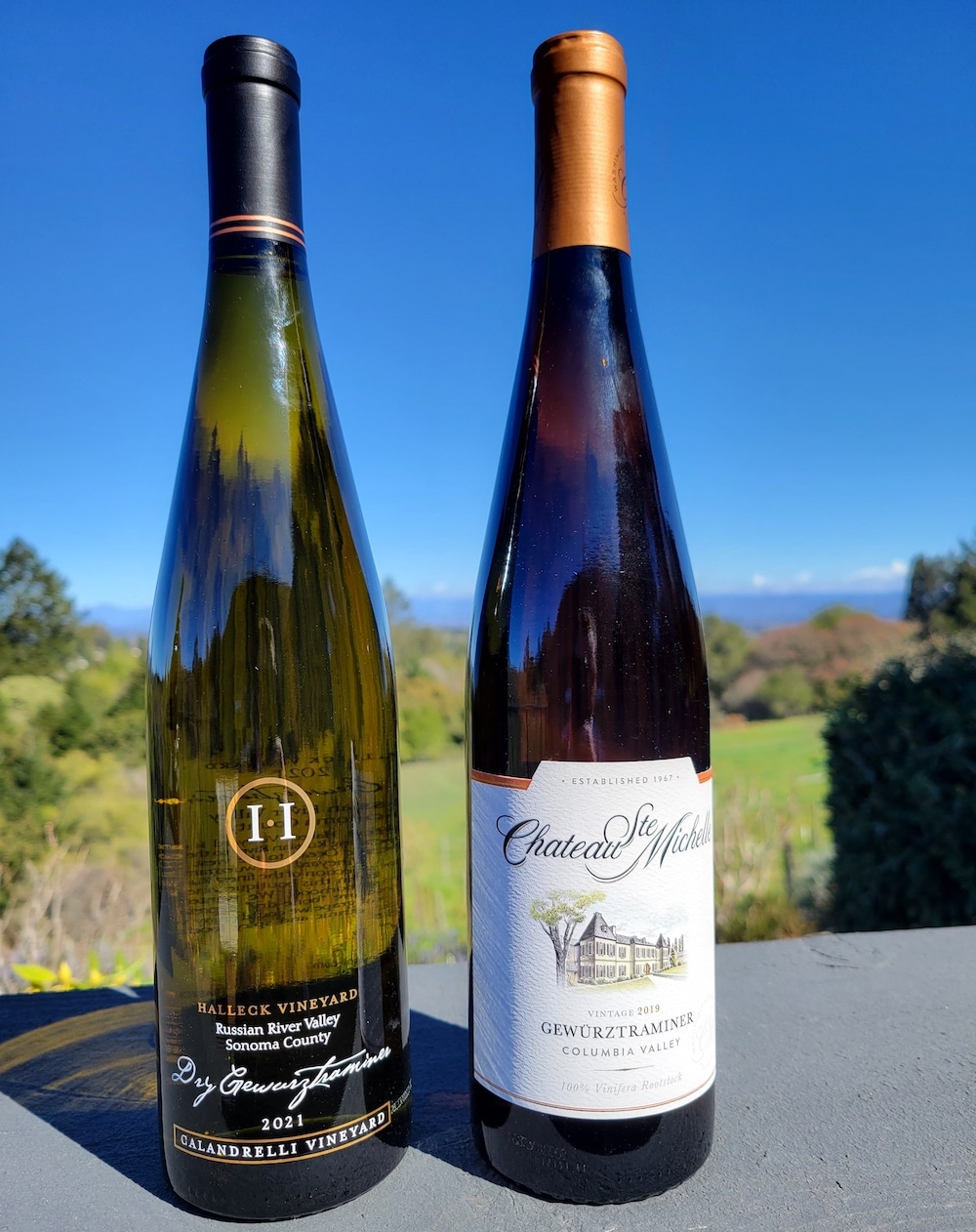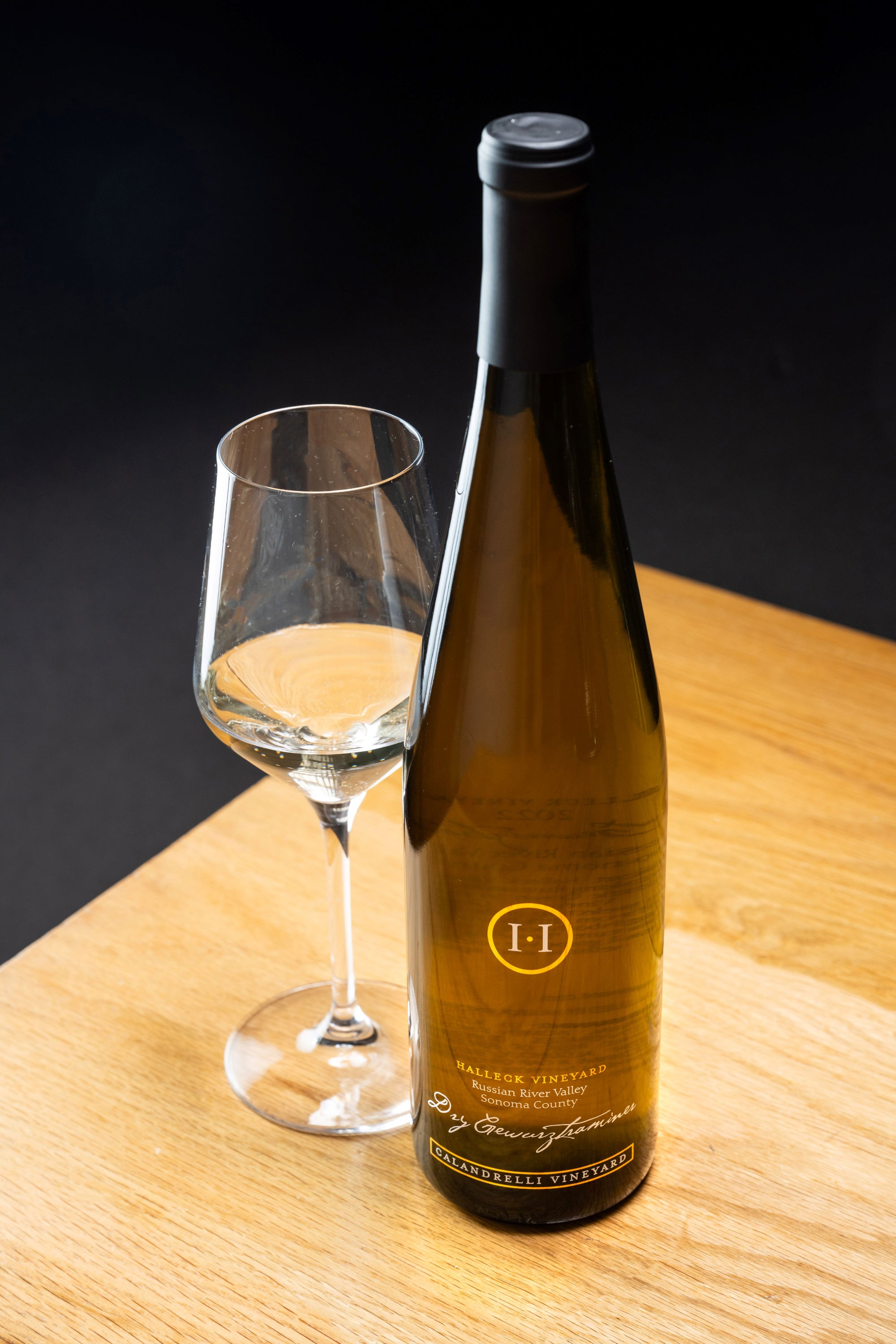Best Wineries For Wine Tasting In Sonoma - Wineries With Stunning Views In Sonoma
Wine tasting is an art that mixes sensory experience with an appreciation for the nuances of various varietals. How to gauge flavors in winery wine tasting periods is pivotal to greedy the complexities of wine.
Participating in a wine tasting entails greater than merely sipping and savoring. It requires a targeted strategy to determine aromas and flavors that every wine presents. As you start, observe the wine's appearance, noting its color and clarity. These visible cues often counsel a wine’s age, grape selection, and even potential flavor profiles.
The next step within the tasting process is to swirl the wine in your glass. This motion releases fragrant compounds which are vital for analysis. Lean in and take a second to inhale deeply; the aromas can vary from floral and fruity to spicy and earthy. The nose of the wine is just as important because the palate, and recognizing scents performs a big role in understanding the overall experience.
When taking your first sip, enable the wine to maneuver across your palate - Rustic Family-Owned Wineries In Sebastopol. Notice the initial flavors that current themselves. Is the wine fruity, floral, or maybe herbaceous? This initial taste offers perception into what the wine is prone to express as you continue to judge it. The mouthfeel additionally contributes to the overall flavor experience; it may be silky, tannic, and even effervescent.
Charming Wineries Offering Wine And Food Pairings - A Guide To Sonoma Wineries
As you proceed tasting, pay consideration to the wine’s stability. A well-balanced wine will harmonize acidity, sweetness, and tannins. If one element overwhelms the others, it'd indicate a less desirable high quality. Evaluating steadiness might help you identify how properly the wine might pair with food.
Transitioning to the end, contemplate how the flavors evolve because the wine lingers on your palate. A lengthy, nice end can indicate a high-quality wine, while a short or abrupt end would possibly counsel in any other case. Reflect on whether or not the flavors stay consistent or if new notes emerge as the wine settles. This progression can reveal complexities and intricacies that might not have been obvious within the initial tasting.
Temperature can be an important factor in evaluating wine flavors. Different forms of wine are optimally enjoyed at specific temperatures. White wines often shine when chilled, whereas purple wines generally carry out greatest at room temperature. When tasting, ensure the wine is at the acceptable temperature to fully respect its character.
Wineries In Green Valley - Wine Tours And Tastings In Sebastopol
Pairing food with wine can significantly enhance the tasting experience. Meals can affect the notion of flavors in wine, either highlighting certain characteristics or diminishing them. When evaluating flavors, consider how the wine interacts with totally different foods, noticing which flavors are amplified or muted (Good Wineries For Large Groups In Sonoma Valley).

Contemplate the influence of terroir as you engage in a winery tasting. Terroir encompasses the unique environmental factors that have an result on grape growing, together with soil composition, local weather, and geography. Understanding a wine's terroir can present insight into its flavors and aromas, fostering a deeper appreciation for the alternatives made during its cultivation and manufacturing.
Schooling performs a elementary function in enhancing one's capability to judge wine flavors. Learning about grape varieties, wine areas, and production methods can pave the way in which for extra informed judgments throughout tastings. Additionally, attending workshops or classes can refine sensory skills and increase your flavor vocabulary, enabling you to articulate tasting notes more successfully.

Finally, it is essential to keep in thoughts that evaluating wine flavors is a extremely personal experience. Particular Person preferences and perceptions will invariably form one’s tasting journey. Enjoyment must be on the forefront, with the analysis course of performing as a software to boost understanding and appreciation somewhat than create inflexible tips.
Wineries Specializing In Sparkling Wines - Vineyards In The Sonoma Region
In conclusion, mastering the means to consider flavors in winery wine tasting sessions involves a mixture of sensory engagement, information, and practice. By studying to establish aromas, assess the steadiness, and appreciate the intricacies of flavor, wine enthusiasts can deepen their connection to each bottle they encounter. As with any art form, the more one immerses themselves in the experience, the extra they'll uncover and benefit from the huge world of wine.
- Start by observing the wine's colour and clarity, as these visual parts can hint at its flavor profile and getting older potential.
- Swirl the wine gently in your glass; this releases aromatic compounds, permitting you to raised establish the complex scents associated with the wine.
- Take a deep inhale earlier than tasting, specializing in each main and secondary aromas to gather insights on fruits, spices, and other nuances.
- When tasting, enable the wine to coat your palate; note the initial flavors, the mid-palate complexity, and the finish as these stages can provide completely different flavor highlights.
- Pay consideration to texture and mouthfeel, as features such as tannin ranges, acidity, and sweetness contribute considerably to the overall tasting experience.
- Examine flavors in opposition to normal wine traits; for purple wines, contemplate berry notes, oak influence, and herbal tones, whereas whites might embrace citrus, stone fruits, and floral hints.
- Take notes through the tasting session to track your impressions, helping you to recollect and evaluate the completely different wines sampled.
- Discuss your findings with fellow tasters or winery workers, as sharing insights can enhance understanding and appreciation of individual flavors.
- Allow time for the wine to breathe; sometimes, flavors evolve and reveal new dimensions after being uncovered to air.
- Experiment with food pairings through the tasting as they'll dramatically alter how flavors are perceived, influencing overall enjoyment.undefinedWhat should I search for when evaluating the aroma of wine throughout a tasting?
Start by swirling the wine in your glass to release its aromas. Bring the glass to your nostril and take a deep breath. Pay consideration to the primary scents you detect, as these are often the most prominent. Look for fruit, floral, natural, or earthy notes and try to identify particular traits, which is in a my latest blog post position to deepen your understanding of the wine's complexity.
Wineries Offering Elegant Wine Tastings - Sebastopol's Best Wine Trails

How can I distinguish between totally different flavor profiles in wine?
Understand that he said flavor profiles are sometimes categorized as fruit, floral, herbaceous, spicy, or mineral. Take small sips and allow the wine to coat your palate. Notice the first flavors that emerge first and the subtle notes that observe. This layering is important in distinguishing the wine's characteristics and can help you respect its unique profile.
Wineries Offering Off The Beaten Path Experiences - Unique Wine Tasting Experiences In Sebastopol
What is the significance of the wine's texture in a tasting?
The texture of the wine, also referred to as mouthfeel, performs a crucial position in how we perceive flavors. Pay consideration as to if the wine feels smooth, creamy, or gritty. The physique of the wine (light, medium, or full) can enhance or contrast with flavors, providing a more rounded experience during tasting.
How do I assess the stability of flavors in wine?
Balance in wine refers to the concord between acidity, sweetness, tannin, and alcohol. Take a moment to evaluate whether or not these elements complement or intrude with each other. A well-balanced wine will have none of its elements overpowering the others, creating a pleasant tasting experience.
Wineries Focusing On Single Vineyard Wines - Exploring The Vineyards Of Sonoma
What position does temperature play in evaluating wine flavors?
Temperature can significantly impression the perception of flavors. Typically, red wines are best served slightly beneath room temperature, while white wines get pleasure from being chilled. As the temperature modifications, the aromas and flavors can shift, permitting you to perceive completely different characteristics. It’s important to taste wine at its optimum temperature for true analysis.
Wineries With Picnic Areas - Wine Tasting At Sonoma Vineyards
How can I improve my tasting skills over time?
Practice is essential to improving your tasting skills. Wineries With Picnic Areas. Attend tastings, keep a journal of your experiences, and explore various sorts of wines to broaden your palate. Additionally, studying about wine production and grape varieties can provide context that enhances your analysis process, making you a more knowledgeable taster.
Is there a specific order by which I ought to taste the wines?
Wineries With Educational Tours In Sonoma - Best Vineyard Visits In Sonoma
Yes, it’s advisable to style wines from light to full-bodied and dry to sweet. This progression prevents the stronger flavors from overshadowing the extra delicate ones, permitting you to fully respect every wine's traits and nuances without palate fatigue.
How can I consider the aftertaste of wine?
Wineries Known For Their Hospitality - Exploring The Vineyards In Sonoma County
The aftertaste, or end, is a crucial side of the wine-tasting experience. After swallowing, pay consideration to how long the flavors linger on your palate and whether or not they change. A lengthy, pleasant end is commonly an indicator of a high-quality wine, while a short or unpleasant end may recommend otherwise.
Why is it essential to notice the wine’s acidity during tasting?
Acidity contributes to the general freshness and structure of the wine. Pay attention to the tingling sensation on your tongue; greater acidity can improve the wine's liveliness and balance out sweetness. Noting acidity helps decide the wine's versatility with food and its getting older potential.
What should I do if I struggle to identify specific flavors in wine?
Spectacular Vineyard Views In Sonoma - Winery In The Sonoma Wine Region
Struggling to determine flavors is widespread, especially for newbies. Focus on broader categories and describe what you'll find a way to acknowledge, such as sweet or earthy notes. With practice, studying about different flavor profiles, and maybe using flavor wheels, you'll refine your senses and develop a more nuanced approach to tasting.
 Kel Mitchell Then & Now!
Kel Mitchell Then & Now! Ralph Macchio Then & Now!
Ralph Macchio Then & Now! Kirk Cameron Then & Now!
Kirk Cameron Then & Now! Earvin Johnson III Then & Now!
Earvin Johnson III Then & Now! Lucy Lawless Then & Now!
Lucy Lawless Then & Now!